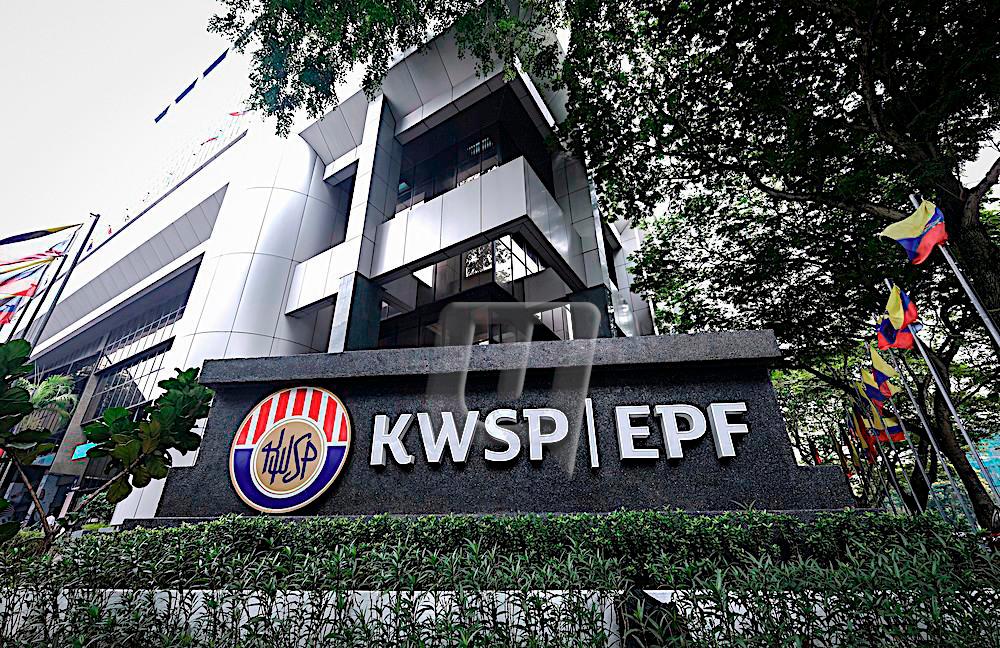EARLY this month, the Employees Provident Fund (EPF) submitted its report card to Malaysians and announced a dividend rate of 5.35% for conventional savings for 2022. While some were impressed given the rough investing year that was 2022, others were more lukewarm when comparing it with historical returns.
There is also much commentary on the large amounts that have been withdrawn from the EPF or whether there is a looming retirement crisis. However, as individual investors, we should better understand if these returns are good or not, by taking a closer look at how the EPF invests our money.
The first clue resides in EPF’s asset allocation
Asset allocation is the exercise of deciding how much to invest in which asset class, to target a certain risk level. As a pension fund, the EPF has to take a balanced view on risk to achieve a respectable return while at the same time not jeopardising members’ contributions. As a fund that is north of RM1 trillion in size, it is complex to execute an investment plan while spreading out the risk.
In 2022, the EPF had 42% invested in equities and 47% invested in bonds. Naturally equities contributed a higher percentage of investment income, 55% versus that of bonds, 33%. The remaining portfolio is invested in real estate and infrastructure, 7%, for yield and longer-term capital gains and money market instruments, 4%, for short-term liquidity.
Based on this, the EPF has a fairly balanced portfolio, as opposed to skewing too heavily in the favour of one asset class.
It’s also worth noting how much the EPF has invested in foreign assets. Foreign markets offer better returns historically, and the EPF has 36% allocated overseas.
This global exposure is also something investors can emulate for their investment portfolios in order to achieve superior performance in the long term and benefit from foreign currency appreciation. The proof is evident given that in 2022 EPF’s foreign allocation contributed 45% of investment income even though the allocation was approximately only one third of the fund.
Returns do not exist in a vacuum
To gauge if 5.35% is a good return or not, investors also need to look at how markets fared in 2022. Global equity benchmarks fell between 20% and 30%, while the FBM KLCI lost 5%. Bonds did not fare better, with the FTSE World Government Bond Index falling 13%. As such, a 5.35% return on a balanced portfolio is an impressive result given the state of global markets.
Of course, the EPF can enjoy the merits of long-term investing, by patiently collecting dividends, interest income and realising gains on profitable investments.
Since 2000, the EPF has averaged a 5.6% dividend rate, and as such 5.35% is in line with the long-term average return. Sure, one could cherry pick the 6.9% return it achieved in 2019, but the important benchmark is how it performs in the long run given most of us will have to keep our contributions in the EPF for a few decades.
Time for some yearly maintenance
Now that you can appreciate the context around EPF’s dividend rate, you can make up your own mind and have an informed conversation with your family and friends. It’s also worth taking this annual announcement as a reminder to review your EPF account.
One simple way of keeping on top of your EPF savings is to download the i-akaun app, in which you can track how much your EPF savings are, review the unit trust investments you have made through the members investment scheme or see if you have nominated someone to inherit your EPF savings.
As an informed investor you can then make choices with confidence and steadily build towards a comfortable retirement.
This article is contributed by Wong Wai Ken, country manager of StashAway Malaysia.









